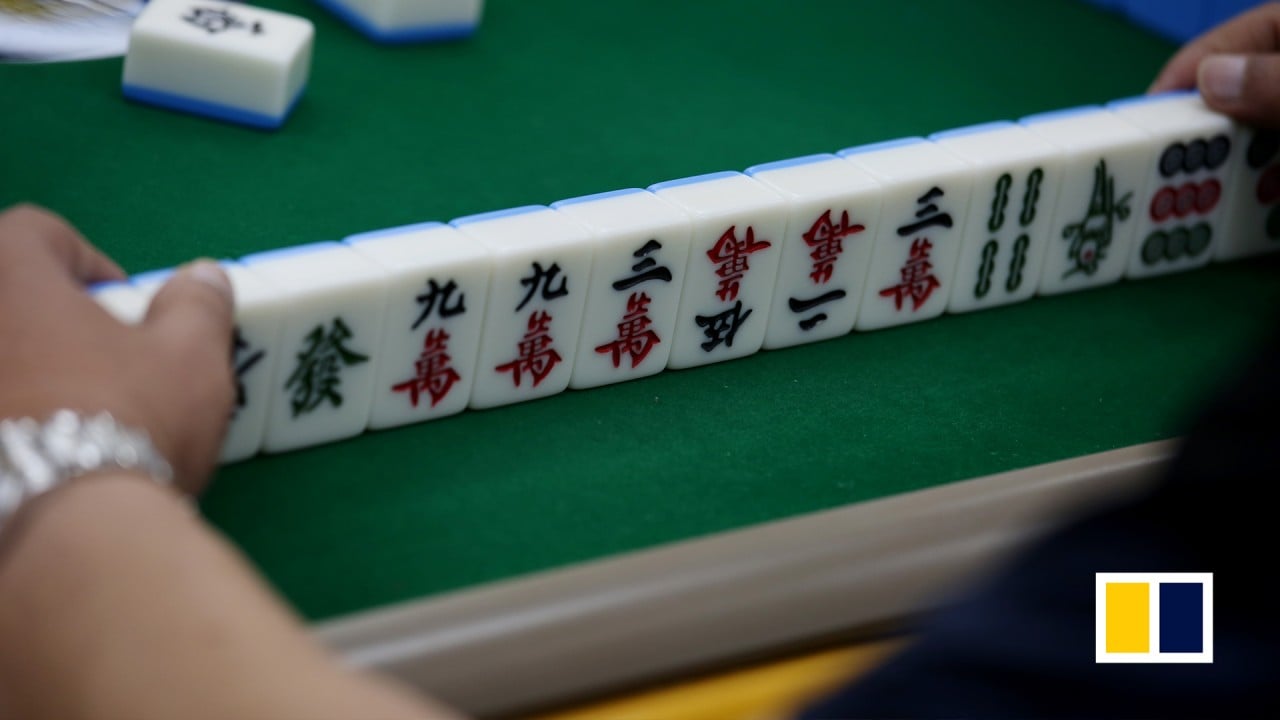Since the birth of mahjong in Qing dynasty (1644-1912) China, different versions of the game have developed around the world. The basic principles remain the same for the most part, but each version has its flair with unique tiles, rules and scoring systems.
Keep scrolling as we take you on a global tour of mahjong and examine some of the most notable gameplay styles.
Chinese classical mahjong
There are many regional Chinese variants, which is why, in January 1998, the State Sports Commission of China recognised the game as its 255th sport and consolidated its many versions into one.

In this version, players aim to form a complete hand made up of four sets of three tiles (sets can be three of a kind, consecutive numbers or even four of a kind) along with a pair, totalling 14 tiles.
Hong Kong old style
Like Chinese classical mahjong, the goal in Hong Kong mahjong is to form a complete hand using four sets of three tiles, plus a pair, to make 14.
Keep losing in mahjong? You need to learn some winning strategies
Keep losing in mahjong? You need to learn some winning strategies
Because Hong Kong mahjong considers a complete hand too easy to achieve, there are often additional requirements to win, namely that the winning hand should be of a certain point value.
Enter the Hong Kong mahjong scoring system, where certain tile combinations are formed to score what is referred to as fan – also known as “doubles” in the West.
With a complete hand earning a round zero points – a bare minimum situation dubbed “chicken hand” in Cantonese – you will have to earn fan with certain set combinations to land a win in style.

Taiwanese mahjong
While Taiwanese mahjong shares the same tile set as Chinese classical and Hong Kong mahjong, a distinctive feature of this version is that a winning hand must contain five sets of sheung/pong/kong and a pair, rather than four sets and a pair. Each player is also given 16 tiles in the dealt hand instead of 13.
Japanese riichi mahjong
Riichi mahjong, the Japanese version of the game, boasts fast-paced gameplay and a complex scoring system to match. Like Uno, this variant features a rule that allows players to declare when they are one tile away from completing the winning hand.

Fortune favours the bold, and this move can lead to big points if executed successfully; players’ points total is slashed if they fail to deliver a winning hand.
On top of the basic tiles used in Chinese classical and Hong Kong mahjong, the riichi style sprinkles in bonus tiles called “dora” and “red dora” that boost players’ chance of scoring extra points, adding up to a 136-tile set altogether.
Similar to Hong Kong mahjong, the riichi version includes several “yaku” or scoring combinations that players aim to build to achieve a greater value. Securing a win requires a minimum of one yaku. Because winning hands are used for taking points from other players, all players typically start with 25,000 points as a baseline.

American mahjong
In American mahjong, players consult an annually updated score book provided by the NMJL listing winning tile combinations. The aim is to match tiles with one of these combos, adding a secondary challenge as patterns are spotted.
Having to adapt to constantly changing tile combinations keeps players on their toes.


